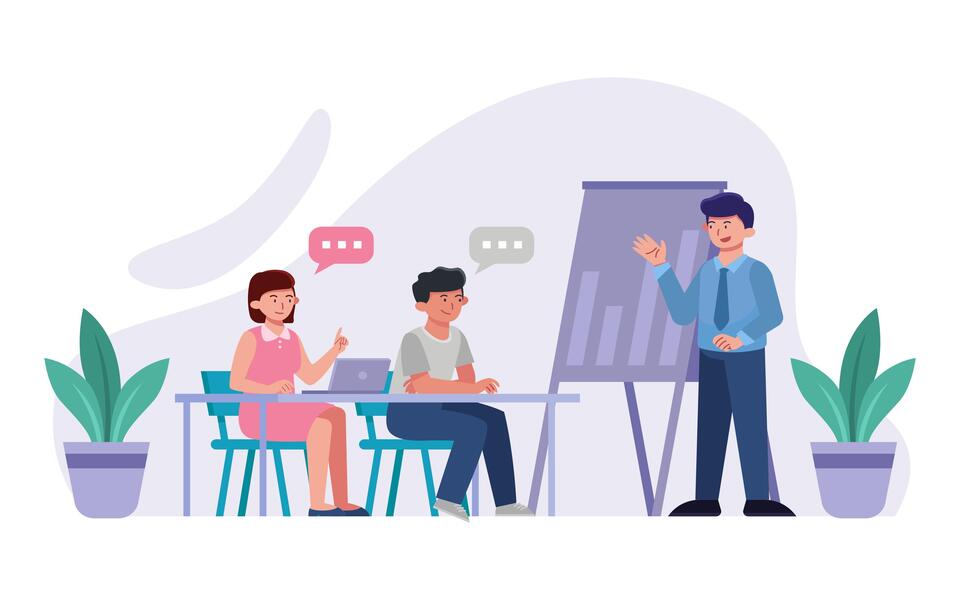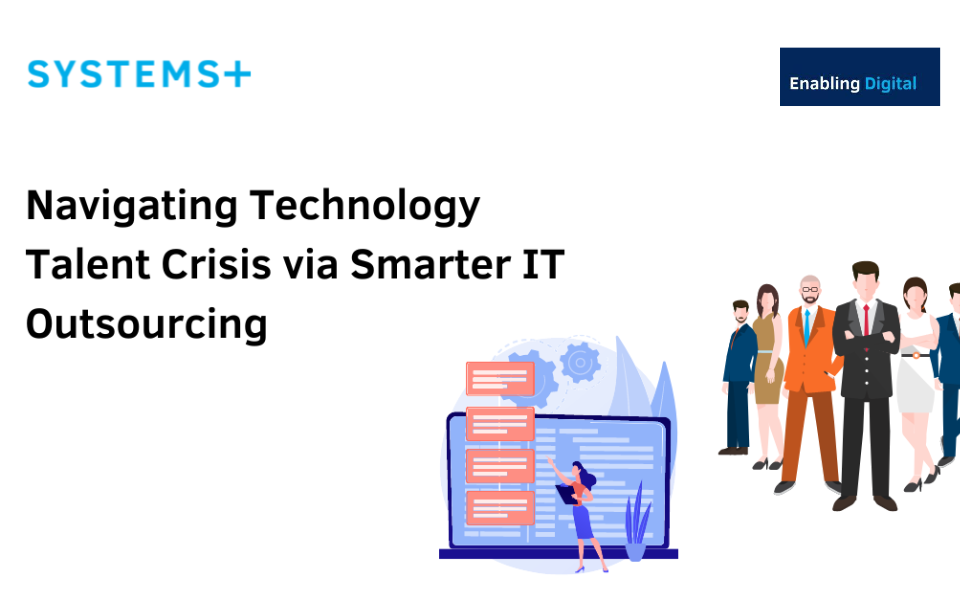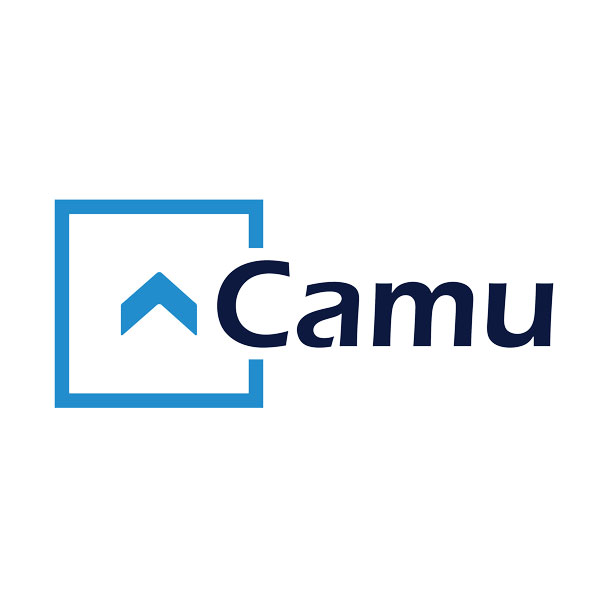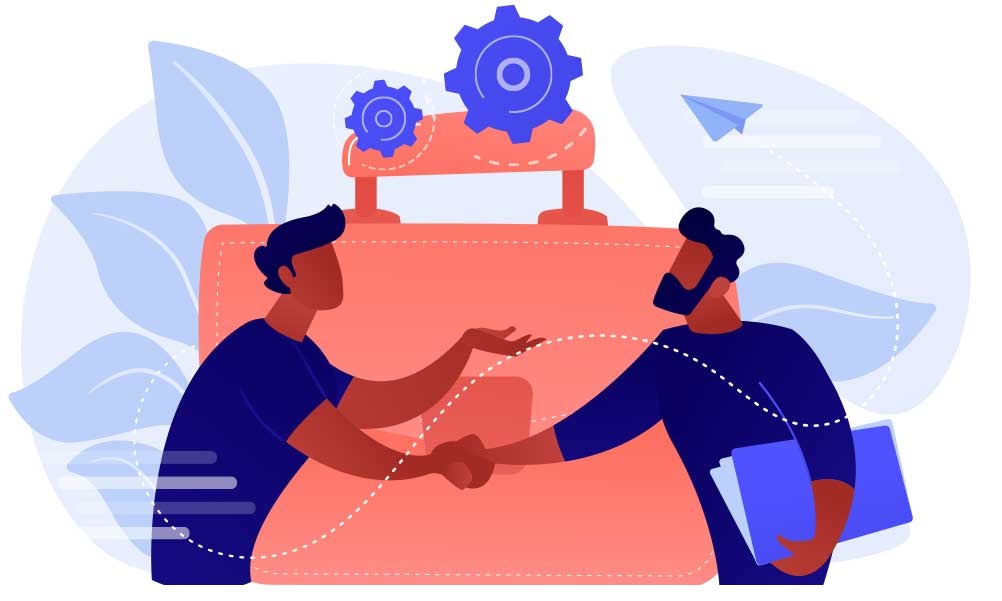Recently, I had an amazing opportunity to attend a panel discussion on Future of Learning, with the Global Research and Insights Director at Pearson, Dr. Parves Khan, and Vice Chancellor, Vijaybhoomi University, Dr. Atish Chattopadhyay, facilitated by Spotle.ai.
The discussion was rich and engaging, and largely focused on the role of technologies in revolutionizing student and adult learning as 3 shifts are happening – digitalization of learning, monolithic to micro-learning, and life-long learning. Experts said that in this new era, learning will become location-independent, discipline-independent, time-independent, and institution-independent.
This is inevitable. However, what got me thinking was the idea proposed regarding the role of teachers in this “Future of Learning.” One of the panelists said that one-on-one engagement with a teacher will be the most intense and premiumized in-person offering in this highly digitalized, decentralized, democratized, and diversified learning-as-a-service model.
This is exactly what got me thinking. Can this new future of learning deliver without a concerted and equally strong focus on the future of the teacher?
My mother taught Chemistry for 35 years. She would scribble long equations in chalk, while explaining a class of 40 in a 25-minute period. She would often bring home a bunch of notebooks and answer sheets. I would curiously start scanning, and with every name I took, she would give me a complete download about the student, their chemistry know-how, inclination to learn, what would he/she have answered, and whether the student had any chance in science-related career fields, without looking into the answer sheet!
One day she met an ex-student at a metro station and recognized her and had a quick chat. When we moved on, she said that she knew this kid would choose Chemistry. That ex-student was now studying B. Pharmacy. Now, is this not intense in-person engagement, the kind Dr. Atish referred to? But, I daresay, it is barely premiumized today, in fact, it is commodity!
It is this commodity – personal teacher time – that has gone missing during these pandemic times. And, schools, parents, and students are missing it the most! During March-April 2020, Google keyword search analytics revealed a Nike tick spike in search for online learning related words – online course, MOOC, online study, and particularly online teaching that continued to uptick over others, suggestive of how much missed teachers are during this time.
The trend also speaks volume of the massive spike in growth and funding of this nascent field of online learning or digital education or “EdTech.” In India itself, the market will touch $3.5 bn by 2022, more than earlier estimates due to Covid push. Most of this new growth is expected to be driven by K12 this time around, followed by higher education, test prep, and workforce upskilling. In H12020, funding to this sector grew 5X, YoY. From Jan-August 2020, $847 mn funding was brought in, largely by Byju’s and Unacademy which collectively raised over $300 mn.
But is EdTech or digital education is mostly about replicating classroom learning experiences, with some modularity thrown in? Experts suggest otherwise: Digital education requires flipped classrooms where you do exactly the opposite of what you do today. As opposed to listening to lectures by teachers in classes, one listens to lectures at home. Similarly, as opposed to doing homework at home, one does homework in the classroom together. EdTech requires a new mindset and framework – most importantly for the teachers. Unfortunately, teachers are trained to teach and not mentor.
Therefore, while in the Future of Learning, a teacher has limited control over what a student learns at home, they are still required to recreate, and even better, student performance. How does a teacher mentor a student to learn the right way, in their absence, to help with learning effectiveness on a new medium, while also delivering results? This, in my mind, is the premiumization that Prof. Atish mentioned.
But, are our teachers ready? Are they trained to evolve into mentorship from classroom teaching? Do we spend enough to train our trainers? Consider these statistics on educational spend in India, particularly, teacher training:
India’s educational expenditure in FY 2019-2020, was 0.45% of GDP, 3.4% of government expenditure, both down from 2014-15 allocations. However, the graph below will reveal how much is the spend on teacher training allocation (it goes from some budget until 2017-18 to relatively no budget now!)
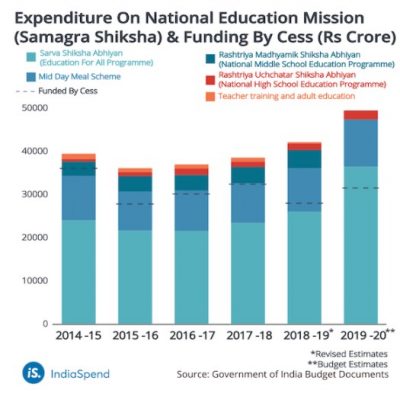
One reason why developing economies find it difficult to spend on teachers is because the bulk of education expenditure is on teacher’s pay, after the physical infrastructure, and the most common notion is that a higher teacher-student ratio is important to improve learning outcomes. With EdTech, this ratio will cease to have any direct correlation with the education expenditure. But, then, there will be large number of online teachers available per student. Will we see a top-of-the-charts learning outcome for every student then? NO! Because a prominent econometric research reveals that:
- Improving teacher quality is often far more effective than improving the teacher-student ratio; anywhere between a 86-95% strong positive correlation for the former, versus an indecisive correlation of the latter
- Also, even a small increase in teacher pay, attached to student outcome performance, has a very high impact on overall student outcome. With more education shifting online, there is a strong likelihood of the infrastructure spend coming down. Can it be used to improve teachers’ pay?
But, back to the original question – who needs to be more trained and readied today to help students make the most optimal use of the EdTech way of learning? I believe it is the teachers. According to Niti Aayog, by 2030, India will have the largest number of young people in the globe, a population size, which will be a boon only if these young people are skilled enough to join the workforce, and to do so, we need skilled teachers.
If we look at the focus of the top EdTech companies – Byju’s, Unacademy, Vedantu, UpGrad – most focus on student learning, test prep, competitive prep, doubts clarification, proctoring efficacy, etc. Only a couple of the names capture attention in the space of teacher-training:
- Diksha – a government initiative to train teachers on how to use advanced digital technologies to teach. It is a CBSE app that helps accelerate and enable teachers to learn and train themselves with self-assessment modules, create training content, share with peers, and get certified on courses.
- And then a non-government EdTech startup – Suraasa – that focuses only on intensive teacher training across India, UAE and UK.
Of the total funding into EdTech globally last year, $1.5 billion or 70% went to pre-K and K-12 segments – the segments where teacher-led training is the most intensive and most effective. A back-of-envelope conjecture to assess the gap that exists in EdTech for students versus teachers:
- If Byju’s roughly clocked a revenue of $60 mn, got a collective funding of $1.2 bn, and is valued at $10.2 bn – the funding-to-revenue multiple is about 20X, and the valuation-to-funding multiple is about 8.5X. The EdTech valuations are generally being seen around 5-10X of the funding.
- Suraasa, the teacher-dedicated EdTech firm reported about $1 mn in Fy20 revenue. Using the ratios above, tt could be funded between $15-20 million. And valuation could be between $100-200 mn. These numbers are only assumptive using rough calculations to suggest the next point.
- So, this is the gap – Best Edtech for students valued at $10bn versus the currently most promising Edtech for teachers in India at $200 mn – a 50X gap.
Can there be a strong and directionally right Future of Learning model that sits atop such a gap in empowering teachers? If not the opposite, can investments come to somewhat similar levels? Can we urge for more TeacherTech please!
References:
- NASSCOM EdTech Community – https://community.nasscom.in/category/communities/talent/edtech
- ‘Digital India’ is not prepared for digital education
- How edtech startup Suraasa is upskilling Indian teachers, offering them global opportunities
- Financing Education
- New Education Policy 2020 – Highlights and Comparison With Other Educational Policies of the World
- Byju’s secures $200m from Tiger at $8 billion valuation










